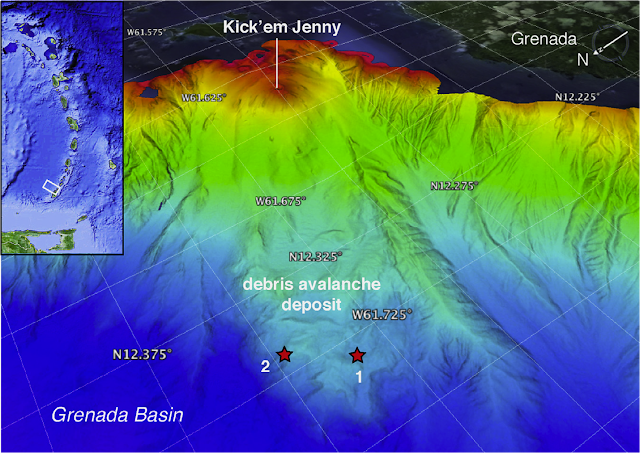The Drifting Ecosystem: Sargassum

Anjani Ganase, marine biologist, talks about Sargassum and signs of the changing ocean In recent years, regional news networks have reported on repeated inundation events occurring on many beaches on southern and eastern Caribbean islands from massive amounts of Sargassum seaweed during the summer months. Sargassum on beaches has been seen in Tobago, Barbados and Antigua; the events were first reported in 2011 – 2012, 2014 – 2015 and again in 2016. Furthermore, during 2014, the amount of Sargassum that was washed up appeared to be greater in comparison to 2011, and now, six years later the events seem to have become a common scenario. Coastlines along Brazil and in West Africa have also experienced deluge by the Sargassum. Previous records in the news and scientific reports on these Sargassum inundation events in the southern Caribbean and West Africa are rare. Scientists have begun to investigate whether these events are part of a natural long-term cycle or the result of...




